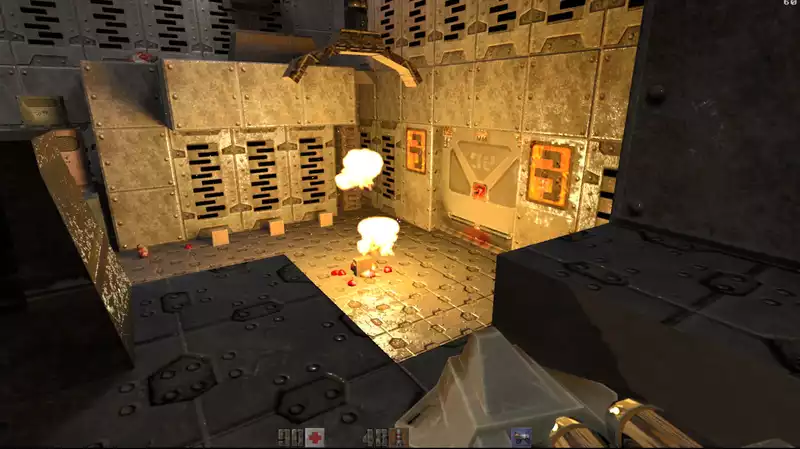In a way, real-time ray tracing in games is like VR, even though RTX graphics cards have been on the market for more than 18 months. One potential boost to ray tracing is a standardized specification within the Vulkan API, which the Khronos Group plans to discuss with Nvidia and others at the Game Developers Conference (GDC) 2020 in March
"Standardized specifications within the API.
"Join us to hear about the latest developments in Vulkan regarding standardized ray tracing capabilities. The working group will provide an update on the current state of ray tracing efforts, what this means for the graphics industry, and how we will be able to leverage this technology," the Khronos Group said in its GDC 2020 itinerary.
According to the itinerary, representatives from AMD, Intel, and Nvidia will participate in the discussions. This suggests that GPU manufacturers are looking to enhance the industry-wide Vulkan API with a cross-platform ray tracing standard. Why is this important?
At least at this year's GDC, Nvidia offered three reasons why this is necessary. One is that ray tracing allows for flexible rendering algorithms; according to Nvidia, algorithms such as reflections, which are complex with traditional rasterized rendering, are "extremely easy with ray tracing."
Nvidia also states that ray tracing is a "natural fit" for the Vulkan API.
"Since Vulkan was designed from the ground up with scalability in mind, adding ray tracing capabilities is a natural fit."
Nvidia's VKRay uses existing APIs for memory allocation, shader compilation, synchronization, and work submission as well as existing shading language primitives. The handful of new API building blocks required make it easy to add ray-tracing capabilities to existing applications," Nvidia writes.Finally, Nvidia noted that the VKRay extension is available for both Turing and Volta GPUs (and presumably for Nvidia's next GPU, the Ampere GPU).
"Vulkan is cross-platform, and so is our ray tracing extension: it supports ray tracing on Linux and Windows (7 and above), and is available with the latest drivers for Volta and Turing GPUs," Nvidia stated. Nvidia states. [Currently, the majority of ray-traced video in games is provided through Microsoft's DirectX Raytracing (DXR) API (built on top of DirectX 12) and processed by Nvidia's GeForce RTX hardware. AMD is plans to offer a version of Navi with hardware-based support for ray tracing later this year, including PCs and Sony and Microsoft's next-generation game consoles.
What I am curious about (and what the Khronos Group hopes to discuss at GDC) is how the performance of Vulkan and DXR will compare. One reason for the slight delay in adoption is that raytraced visuals are computationally demanding, and in some games the average frame rate can take a nosedive at the flip of a switch.
Ampere may give a boost to ray-traced games on the hardware side, but what will Vulkan accomplish on the software side? Unlike everything DirectX does, Vulkan at least offers support for Linux, OSX, Stadia, and other platforms, but we will have to wait and see, although it does offer the possibility of support on those platforms. Currently, only a few games running on the Vulkan renderer support ray tracing, notably Wolfenstein Youngblood and Quake II RTX. Therefore, there are not many from which we can draw any conclusions yet.


Comments